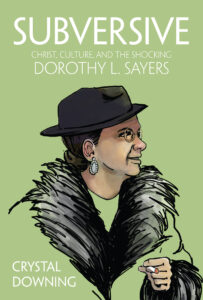 Summary: Jane Eyre meets Sixth Sense, “I see dead people.”
Summary: Jane Eyre meets Sixth Sense, “I see dead people.”
I like the concept of remixes or retellings of classic stories. The very nature of a well known story means that you can retell it by changing the perspective or the gender of the characters and you can easily have a cultural commentary or additional humor, or simply get to hint at part of the story to reference ideas without fully developing them in ways that is not possible for a completely original story.
That being said, I came into My Plain Jane having just finished My Lady Jane and I had a set of expectations that were not met. I thought I knew what to expect and the books are just different. My unmet expectations created a hurtle that I would not have had, if I had started with Plain Jane. But I had to get over my expectations of what the book was going to be. My Lady Jane was a historical figure that was generally told accurately, but with the addition of shape shifting magic (into animals).
My Plain Jane is riffing off of Jane Eyre, which is a fictional story. I read Jane Eyre just over a year ago, the story is fairly fresh in my mind. This is a bit of a spoiler, but My Plain Jane alternates telling the story from several perspectives. Charlotte Bronte is a teen, almost finished with her boarding school. Her real life best friend is Jane Eyre, a barely older orphan who was also at the school but now is a teacher. Charlotte is always writing and Jane is always painting or drawing; they do not have a lot of friends at the school outside of one another.
The main story really starts when Jane sneaks off to a local pub because she hears that a somewhat secret organization, Royal Society for the Relocation of Wayward Spirits will be there. That organization is an early Ghostbusters society. In this story, people who have briefly died and come back to life can see ghosts. The Society is mostly made up of people who can see ghosts and they go around the country helping to remove problem ghosts. Jane can see ghosts and one of her best friends, Helen, is a ghost. One of the tension points is that Jane wants to keep secret her ability to see ghosts because she is afraid of what people will think if they know she can see ghosts.
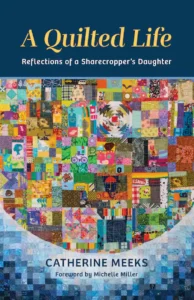



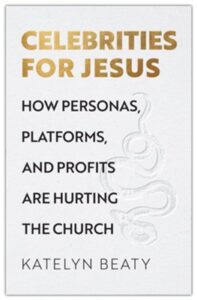
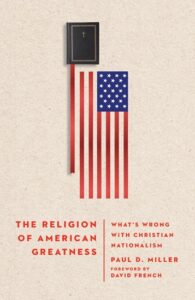
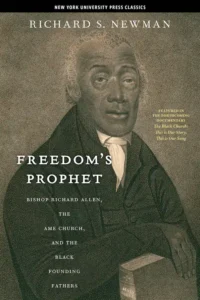 Summary: The biography of Richard Allen, the founder of the African Methodist Episcopal denomination and one of the early Black leaders in the US.
Summary: The biography of Richard Allen, the founder of the African Methodist Episcopal denomination and one of the early Black leaders in the US. 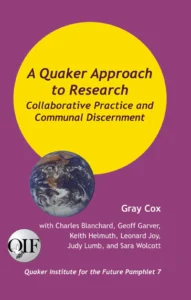 Summary: An exploration of Quaker practices of group discernment in an academic or research setting.
Summary: An exploration of Quaker practices of group discernment in an academic or research setting. 